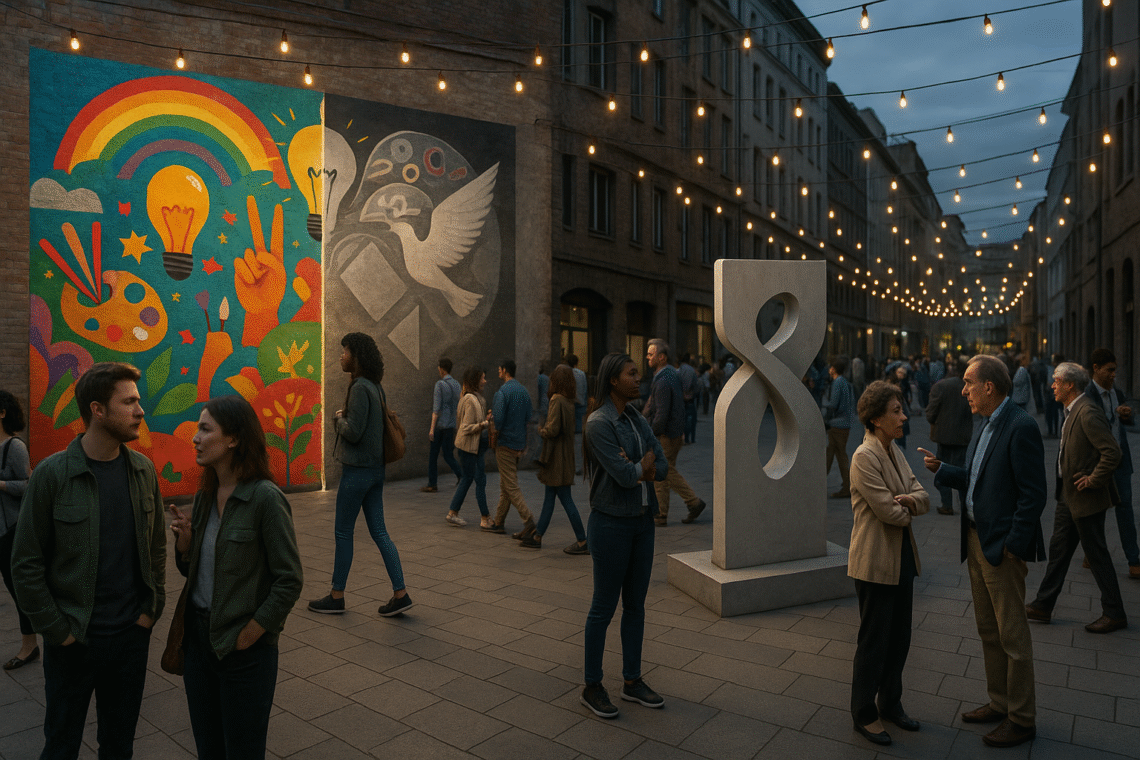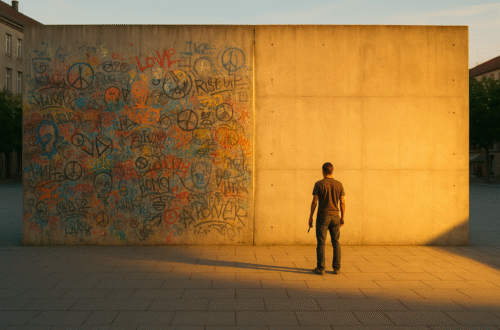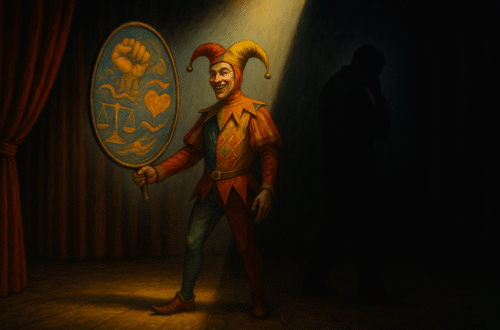Public space is, in many respects, the great canvas of democracy. Streets, squares, walls, and parks are not merely physical backdrops to our lives; they are the stage upon which a society’s imagination, values, and disagreements are performed. Art in such spaces therefore carries a special weight. It is not confined to galleries where visitors choose to enter; it intrudes, deliberately, into the shared domain of the passerby. And in so doing, it raises an urgent question: whose vision belongs in the marketplace of ideas?
Art in private carries no such burden. The painting in one’s study or the sculpture in one’s garden speaks only to those invited into its presence. Its meanings may be daring, eccentric, or even offensive, but they remain contained within the sanctuary of personal choice. Public art, however, presumes upon the gaze of the community. It insists on being seen, whether one wills it or not. This is its great gift and its great complication.
The gift is obvious enough. Public art democratizes imagination. It takes creativity out of elite circles and places it on the street corner, in the subway, on the side of an otherwise forgettable building. It invites citizens of every class and age to participate, even if only as observers, in the cultural life of their society. It transforms the city from a utilitarian grid of commerce and transit into a living gallery, rich with dialogue and surprise.
The complication, however, is equally clear. When art enters public space, it collides with competing visions of what that space is for. A mural might be cherished by some as a beacon of identity and pride, while others view it as an intrusion or even an affront. A sculpture might be hailed as courageous by one group and condemned as blasphemous by another. The public square, far from being neutral, becomes the arena of contestation where meanings clash and no consensus is guaranteed.
This tension is not a defect but a feature of a free society. For public space, by its very nature, belongs to all and to none. It is the commons where difference must be negotiated rather than erased. To decide what appears in that space is to wrestle with the deeper question of who gets to speak and who is silenced.
Of course, we cannot escape the need for limits. Not every expression can or should occupy public walls. Societies must deliberate: what amplifies dignity, and what corrodes it? What serves the common good, and what desecrates it? These are difficult judgments, inevitably contested, and they require more than a simple appeal to “free expression.” For freedom is not anarchy; it is a disciplined negotiation of liberty and responsibility.
Yet perhaps the real challenge lies not in deciding once and for all what belongs, but in cultivating the civic habits necessary to live with disagreement. To walk past an artwork that unsettles you, and to grant that it nonetheless has a right to be there—that is a mark of civic maturity. To petition for one’s vision of beauty without demanding the erasure of another’s—that is a sign of democratic strength.
The marketplace of ideas, if it is to be worthy of the name, must be capacious enough to hold more than one vision. It must tolerate not only what delights but also what disturbs. It must allow room for murals that unsettle, sculptures that provoke, performances that question. And in this negotiation, we discover that public art is not simply about walls and statues; it is about us. It is about whether we, as a community, have the courage to live among visions not our own.





